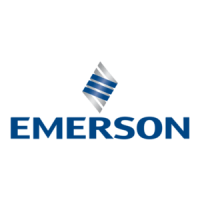
Do you have a question about the Emerson Copeland Screw SCH2 and is the answer not in the manual?
| Brand | Emerson |
|---|---|
| Model | Copeland Screw SCH2 |
| Category | Air Compressor |
| Language | English |
Key technical characteristics including balanced product range and minimal space requirements.
Twin rotor design, bearings, and internal protection against overpressure.
Explanation of screw compression and internal volume ratio control for efficiency.
Dual capacity control system allowing infinite or 4-step control.
Design principle of the hydraulic scheme controlling the slide position.
Procedure for starting the compressor in an unloaded state using hydraulic control.
Achieving high control accuracy with solenoid valves for capacity adjustment.
How capacity is reduced using solenoid valves CR3/CR4.
How capacity is increased using solenoid valve CR4.
Application of 4-step capacity control for systems with high inertia.
Description of the lubrication circuit and oil separation process.
Role of oil in lubrication and sealing, and approved oil types.
Key guidelines for handling lubricants, including hygroscopicity and application limits.
Guidelines for horizontal installation and anti-vibration mountings.
Recommendations for arranging pipelines to prevent oil or liquid refrigerant flooding.
Purpose and installation of the oil heater to prevent refrigerant dilution.
When additional insulation is required for the oil separator.
Importance of filter driers and suction side filters for system cleanliness.
Incorporating a pump-down cycle for preventing warmer compressor during shutdown.
Using check valves and sequence control for multi-circuit systems.
Using an oil level switch for systems with long pipelines.
Protecting the compressor against liquid slugging and oil carry-over.
Specific expansion valves for liquid injection, control temperature setting.
Ensuring bubble-free liquid supply and proper valve installation for vibration.
Placement, piping, and optional components for external oil coolers.
Thermostatic control, bypass valves, and pressure drop considerations.
Benefits of ECO operation for cooling capacity and efficiency.
Cooling oil using refrigerant via thermostatic or bypass valves.
Temperature control for air-cooled oil coolers using fan speed or switching.
How the additional suction port enables increased mass flow.
Using a heat exchanger as a liquid sub-cooler for ECO.
2-stage expansion layout for flooded evaporators.
Pipe layout, dimensioning, and vibration considerations for ECO.
Types of heat exchangers suitable as sub-coolers and capacity determination.
Overview of part winding and start delta motor connections.
Valve layout for liquid sub-cooler and evaporator.
Control logic for sub-cooling circuit operation.
Guidelines for selecting cables, contactors, fuses, and power factor correction.
Methods for reducing reactive current and preventing over-correction.
Details on the INT69VSY-II protection device and its monitoring functions.
Examples of wiring for part winding, star delta, capacity control, and optional schemes.
Using a timer to stabilize conditions before activating the economizer circuit.
Key to symbols and abbreviations used in wiring diagrams.
Ensures oil lubricity during long shutdowns and prevents refrigerant dilution.
Using software to select compressors based on operating conditions and capacity.
How to output and analyze compressor performance data from the software.
Accessing technical data, dimensions, and notes through the software.
Generating and exporting performance tables from the selection software.
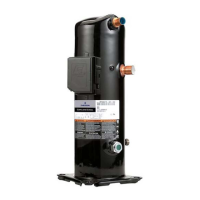
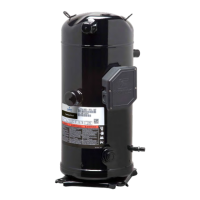
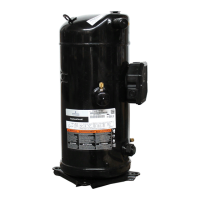
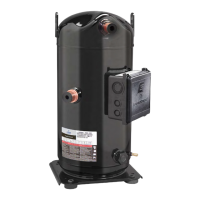
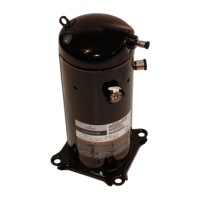
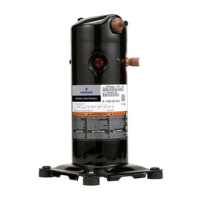

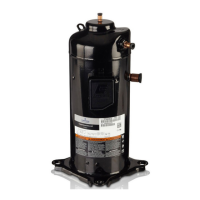

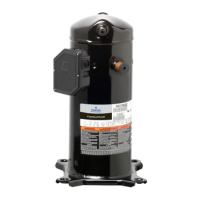
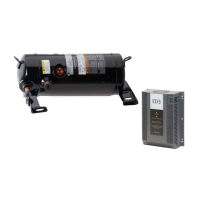
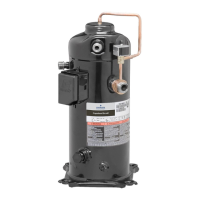
